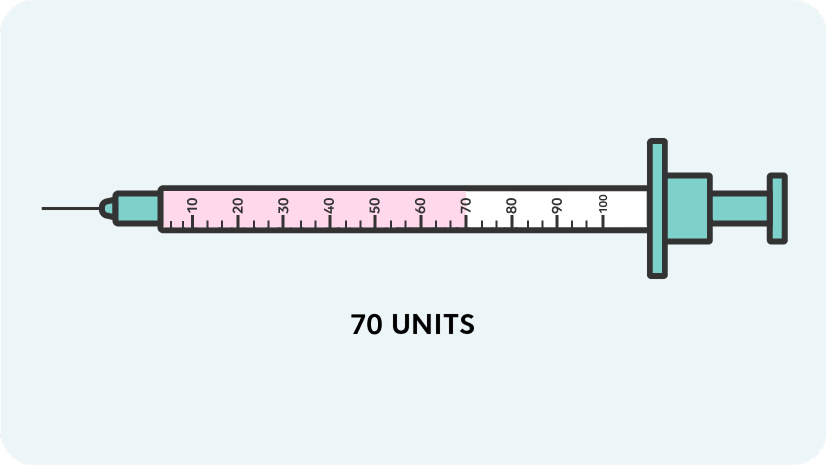
Here’s what we’ll cover in this blog post:
- Understanding how to read your prescription label
- Tips to avoid common mistakes
A quick guide to make sure you take your medication correctly.
One of the most important steps in your journey is knowing how to read your prescription label. Whether you’ve received an injectable, oral medication, or topical treatment, your label acts as a roadmap with everything you need to take your medication safely and correctly.
Now that your medication has arrived, let’s make sure you feel confident using it. While labels can vary, here’s a quick guide to the key information you should know:
Breaking Down Your Prescription Label

- Concentration
This shows the strength of the medication, usually listed in mg/ml (milligrams per milliliter). It’s especially important for injectables and liquids, as it tells you how much of the active ingredient is in each milliliter. - Total amount of medication
For injectables or liquids, this is the total volume of fluid in the vial or container. It’s often the last measurement in the top row, though it may appear elsewhere on the label. - Prescribed dose and instructions
This line provides clear directions for how to take or use your medication.
Important: Only dose according to the instructions listed on this line! - Use by date
This is the last date your medication is safe and effective to use. Do not use it beyond this date. - Prescription expiration date
This indicates when you will need a new prescription to obtain a refill.
Tips to Avoid Common Mistakes
Prescription labels can sometimes be confusing, especially if you’re new to a particular type of medication. Here are a few tips to make things easier:
- Look for your instructions
Your actual dose will always be listed as a clear instruction line, such as “Inject 0.7ml (70 units)” or “Take 1 tablet twice daily.” This is the number you should follow when measuring or taking your medication. Be careful not to confuse this with the concentration listed elsewhere on the label, as they are not the same thing. - Check for multiple ingredients
some prescriptions, especially compounded medications, contain two or more active ingredients. For example, if you receive Liraglutide + B12, the first number will show the concentration of Liraglutide, while the second will show the concentration of B12. This helps you understand exactly what’s in your medication. - Pay attention to the units
The units in your dose will match what you should draw up in your syringe, so there’s no need to do math or make conversions. In the example below, 70 units is the amount to be drawn up, as shown here:

- Keep your medication in its original container
Always store your medication in the container it came in. This ensures you have the correct label and instructions readily available each time you take a dose, reducing the risk of confusion or mixing up medications.
When in Doubt, Just Ask!
If you’re ever unsure about anything on your prescription label, don’t hesitate to reach out. You can always check your AgelessRx patient portal for your prescribed dose or contact our team directly. We’re here to help you feel confident and safe throughout your journey.
Your prescription label is your guide to safe, effective treatment. Understanding it helps you manage your medication. Ready to check your prescription and take the next step in your journey? We’re here to help!
—
Note: The above statements have not been evaluated by the Food and Drug Administration. This product is not intended to diagnose, treat, cure, or prevent any disease.
